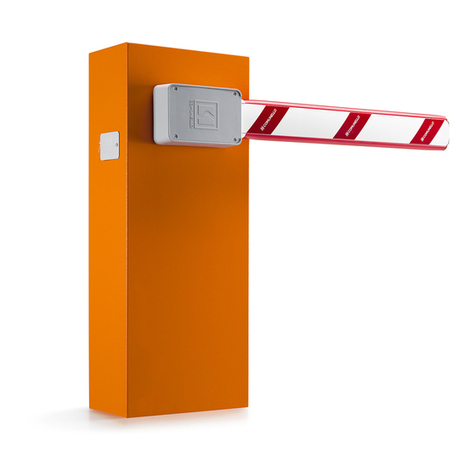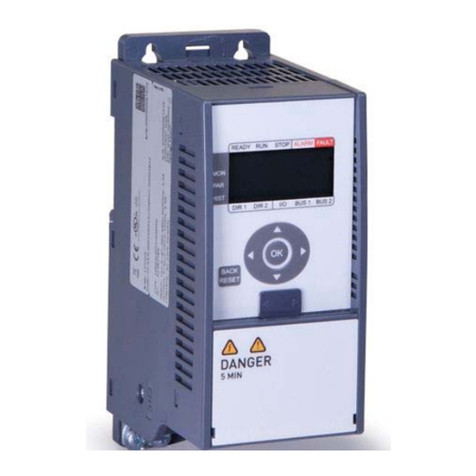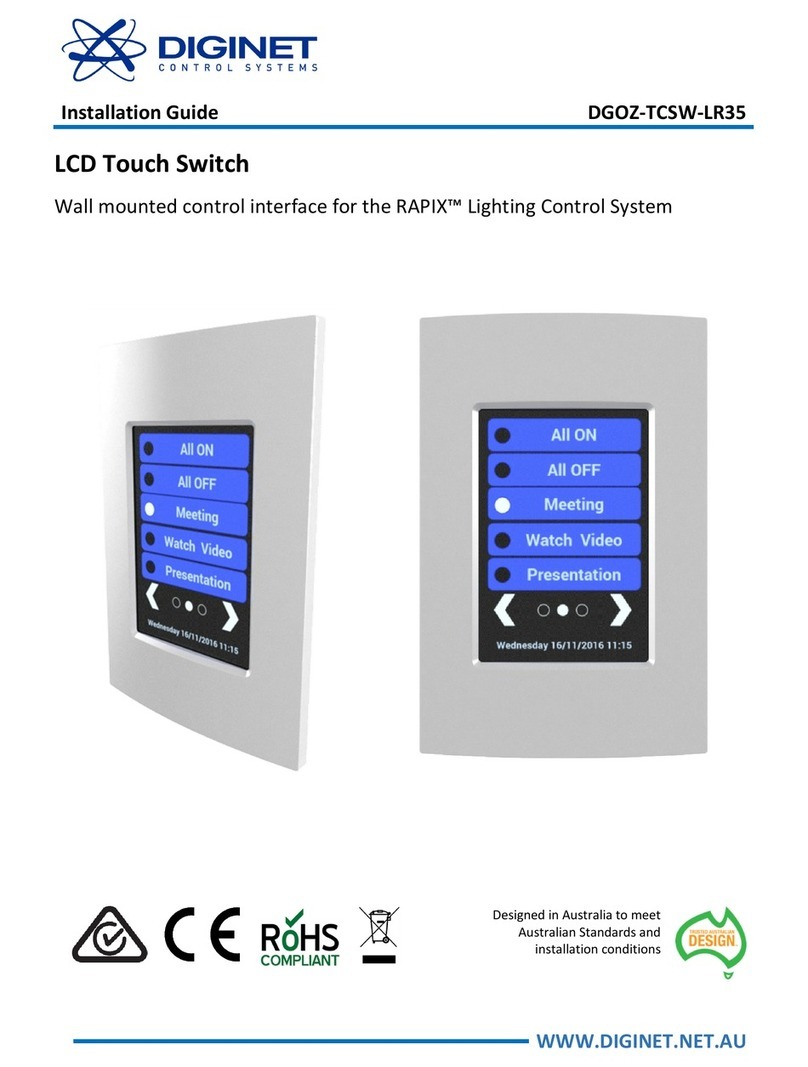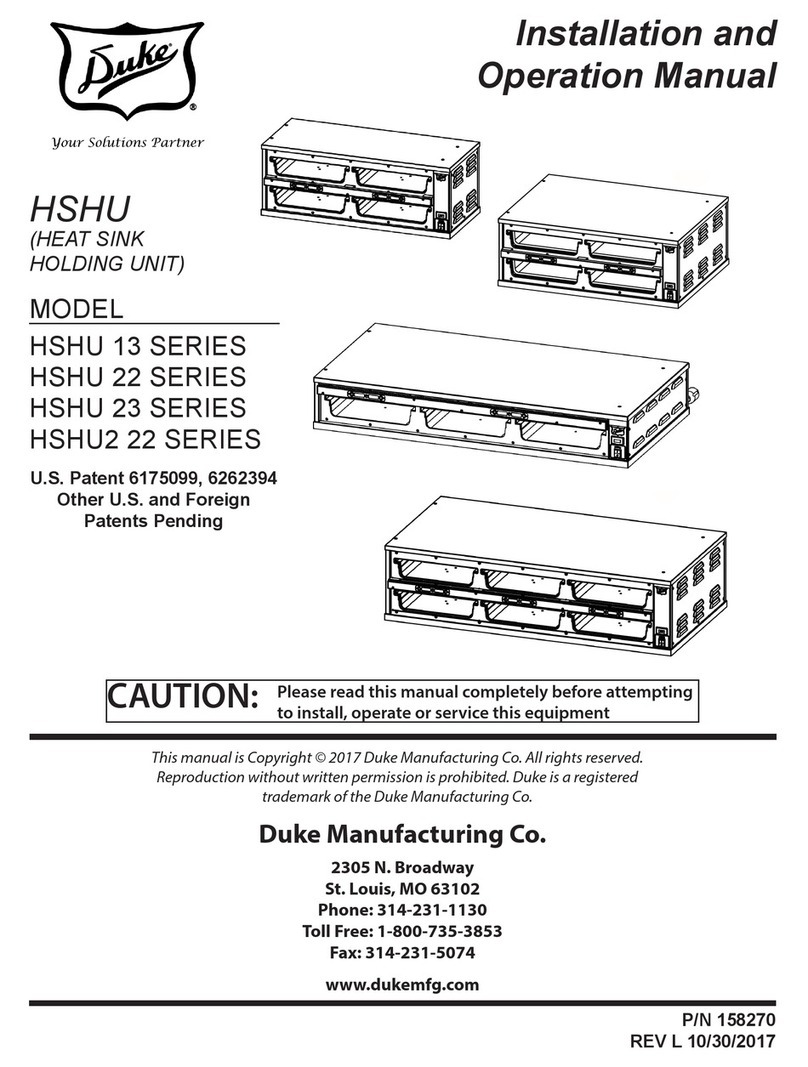Page 3
INTRODUCTION
We appreciate your purchase of the new Airtronics M11X FHSS-3 2.4GHz radio control system. This operating manual
is intended to acquaint you with the many unique features of your state of the art M11X FHSS-3 2.4GHz radio control system.
Please read this operating manual carefully so that you may obtain maximum success and enjoyment from the operation of your
new M11X FHSS-3 2.4GHz radio control system.
The M11X FHSS-3 2.4GHz radio control system has been designed for the utmost in comfort and precise control of all types of
model cars and boats. We wish you the best of success and fun with your new purchase.
Additional 2.4GHz receivers can be purchased and paired with the M11X transmitter through the Binding operation. Please
note that due to differences in the implementation of 2.4GHz technology among different manufacturers, only Airtronics
brand 2.4GHz FHSS-2 (Airtronics M11, M11 FHSS-2, and MX-3FG) and FHSS-3 (M11X) receivers are compatible with your radio
control system. Please see your Airtronics dealer for more information.
FCC COMPLIANCE STATEMENT
This equipment has been tested and found to comply with the limits for a Class B digital device, pursuant to Part 15 of the FCC
Rules. These limits are designed to provide reasonable protection against harmful interference in a residential installation. This
equipment generates, uses, and can radiate radio frequency energy and, if not installed and used in accordance with the operating
instructions, may cause harmful interference to radio communications, however, there is no guarantee that interference will not
occur in a particular installation.
If this equipment does cause harmful interference to radio or television reception, which can be determined by turning the
equipment off and on, the user is encouraged to try to correct the interference by one or more of the following measures:
lReorient or relocate the receiving antenna.
lIncrease the separation between the equipment and the receiver.
lConnect the equipment into an outlet on a circuit different from that to which the receiver is connected.
lConsult the dealer or an experienced technician for help.
This device complies with Part 15 of the FCC Rules and with RSS-210 of Industry Canada. Operation is subject to the following
two conditions:
1) This device may not cause harmful interference, and....
2) This device must accept any interference received, including interference that may cause undesired operation.
WARNING: Changes or modications made to this equipment not expressly approved by Airtronics may void the FCC authorization
to operate this equipment.
RF Exposure Statement
This transmitter has been tested and meets the FCC RF exposure guidelines when used with the Airtronics accessories supplied
or designated for this product, and provided at least 20 cm separation between the antenna the user's body is maintained. Use
of other accessories may not ensure compliance with FCC RF exposure guidelines.
lBe certain to read this operating manual in its entirety.
l'Safety First' for yourself, for others, and for your equipment.
l Observe all the rules of the eld, track, or lake where you
operate your radio control equipment.
lIf at any time during the operation of your model, should
you feel or observe erratic operation or abnormality, end
your operation as quickly and safely as possible. DO NOT
operate your model again until you are certain the problem
has been corrected. TAKE NO CHANCES.
lYour model can cause serious damage or injury, so please
use caution and courtesy at all times.
lDo not expose the radio control system to water or excessive
moisture.
lPlease waterproof the receiver and servos by placing them
in a water-tight radio box when operating R/C model boats.
lIf you have little to no experience operating R/C models, we
strongly recommend you seek the assistance of experienced
modelers or your local hobby shop for guidance.
lThe low voltage alarm will sound when the transmitter
battery voltage drops to 6.7 volts. If this occurs, stop
using the transmitter as soon as possible, then recharge
the transmitter battery.
SAFETY
This radio control system operates on the 2.4GHz frequency band. The 2.4GHz connection is determined by the transmitter
and receiver pair. Unlike ordinary crystal-based systems, your model can be used without frequency control.




























